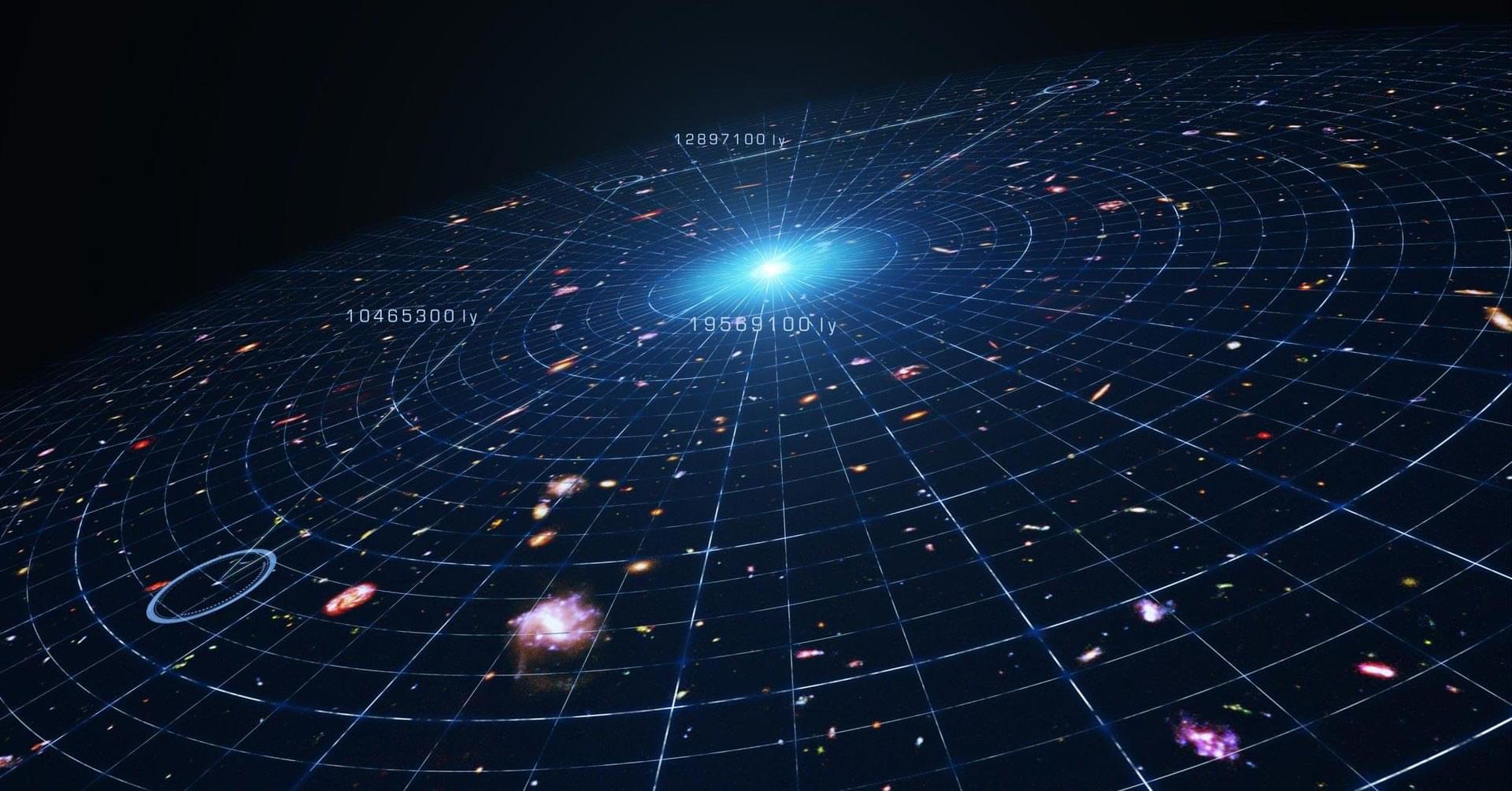Researchers are using black hole “shadow” images to test whether Einstein’s relativity remains unshakable. With next-generation telescopes, they hope to spot telltale signs of alternative physics lurking at the edge of the abyss.
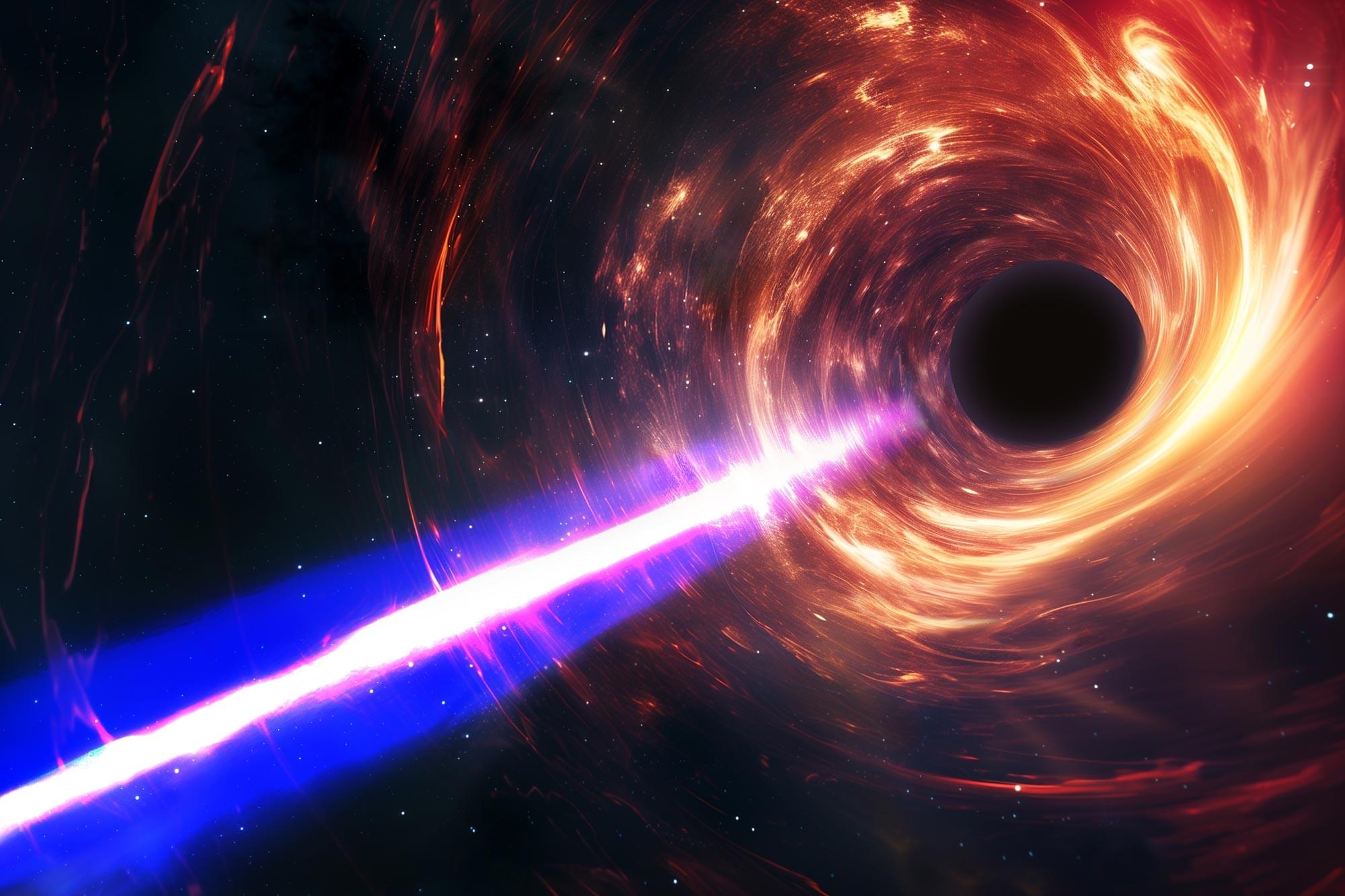

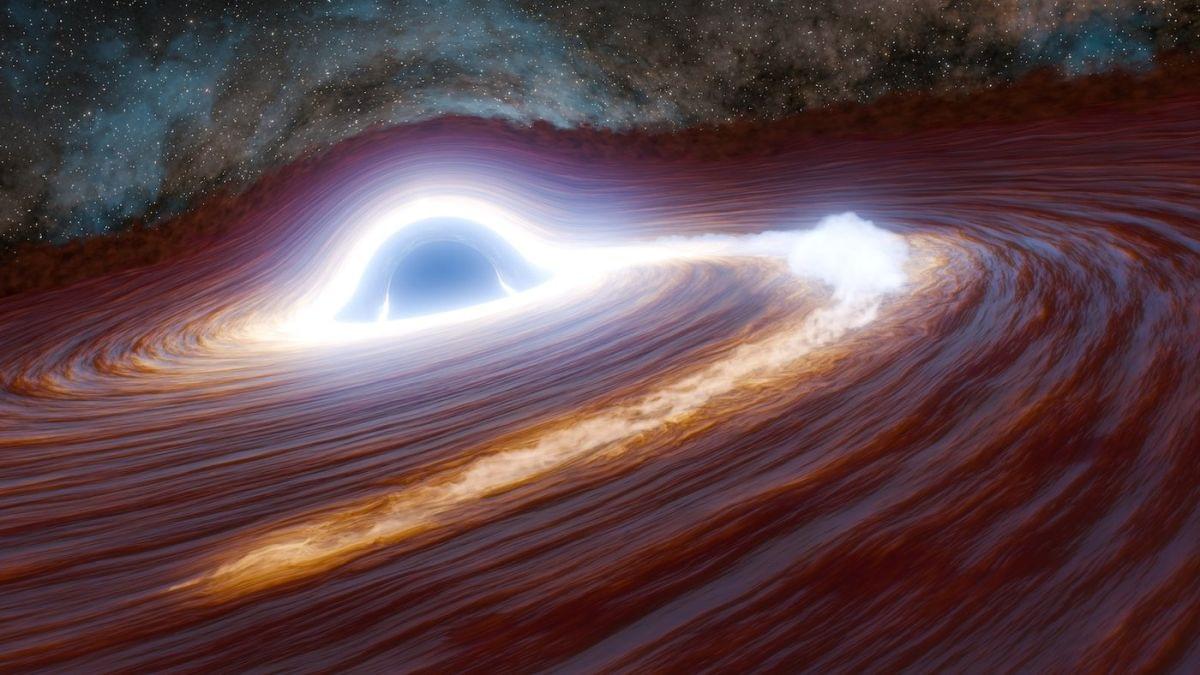
In a flare of light that traveled for 10 billion years to reach us, astronomers have identified the most powerful and most distant blaze of energy ever recorded from a black hole, an eruption whose peak shone with the power of 10 trillion Suns.
The cause of this colossal event, says a team led by astrophysicist Matthew Graham of Caltech, was likely a supermassive black hole 500 million times the mass of the Sun devouring an unlucky star that flew a little too close to the powerful gravity well at the center of a distant galaxy. These black hole feasts are known as tidal disruption events (TDEs).
“The energetics show this object is very far away and very bright,” Graham says. “This is unlike any AGN [active galactic nucleus] we’ve ever seen.”


“Extremely massive stars may have played a key role in the formation of the first galaxies,” said Dr. Paolo Padoan.
How did the extremely massive stars (EMS) in the early universe help form the oldest star clusters? This is what a recent study published in the Monthly Notices of the Royal Astronomical Society hopes to address as an international team of scientists investigated the role that EMS played in not only forming globular clusters (GCs), but how the latter were responsible for forming the first black holes. This study has the potential to help scientists better understand the conditions of the early universe and what this could mean to better understanding our existence.
For the study, the researchers presented a new computational model to help explain how EMS contributed to GC formation with bodies celestial objects being between 1,000 to 10,000 times as massive as our Sun and containing hundreds of thousands to millions of stars, respectively. Given the massive sizes and short lifetimes of EMS, they go supernova when they die, and the new model postulates they become black holes while releasing massive amounts of chemical and hydrogen that mixes with surrounding gas and dust, resulting in the formation of GCs. Additionally, data obtained from NASA’s James Webb Space Telescope (JWST) discovered nitrogen-rich galaxies had chemical signatures obtained from GCs.

For years, astronomers have been on the hunt for the first generation of stars, primordial relics of the early universe. And now they may have just found them. Ari Visbal from the University of Toledo, Ohio and colleagues believe they’ve glimpsed so-called Population III (Pop III) stars following a detailed analysis of previous James Webb Space Telescope (JWST) observations of a distant galaxy called LAP1-B.
Pop III stars are thought to be composed entirely of helium and hydrogen with trace amounts of lithium, the ingredients left over after the Big Bang. They formed early on, around 200 million years after the universe began. These stars are extremely rare because they died out long ago, although scientists have hoped that the faint light from these distant, ancient objects would be detectable.
Previous Population III candidates have been ruled out because they didn’t meet the three main predictions about their formation and properties. That is, they were formed in small dark-matter clumps (called halos), were extremely massive, and formed in small clusters.
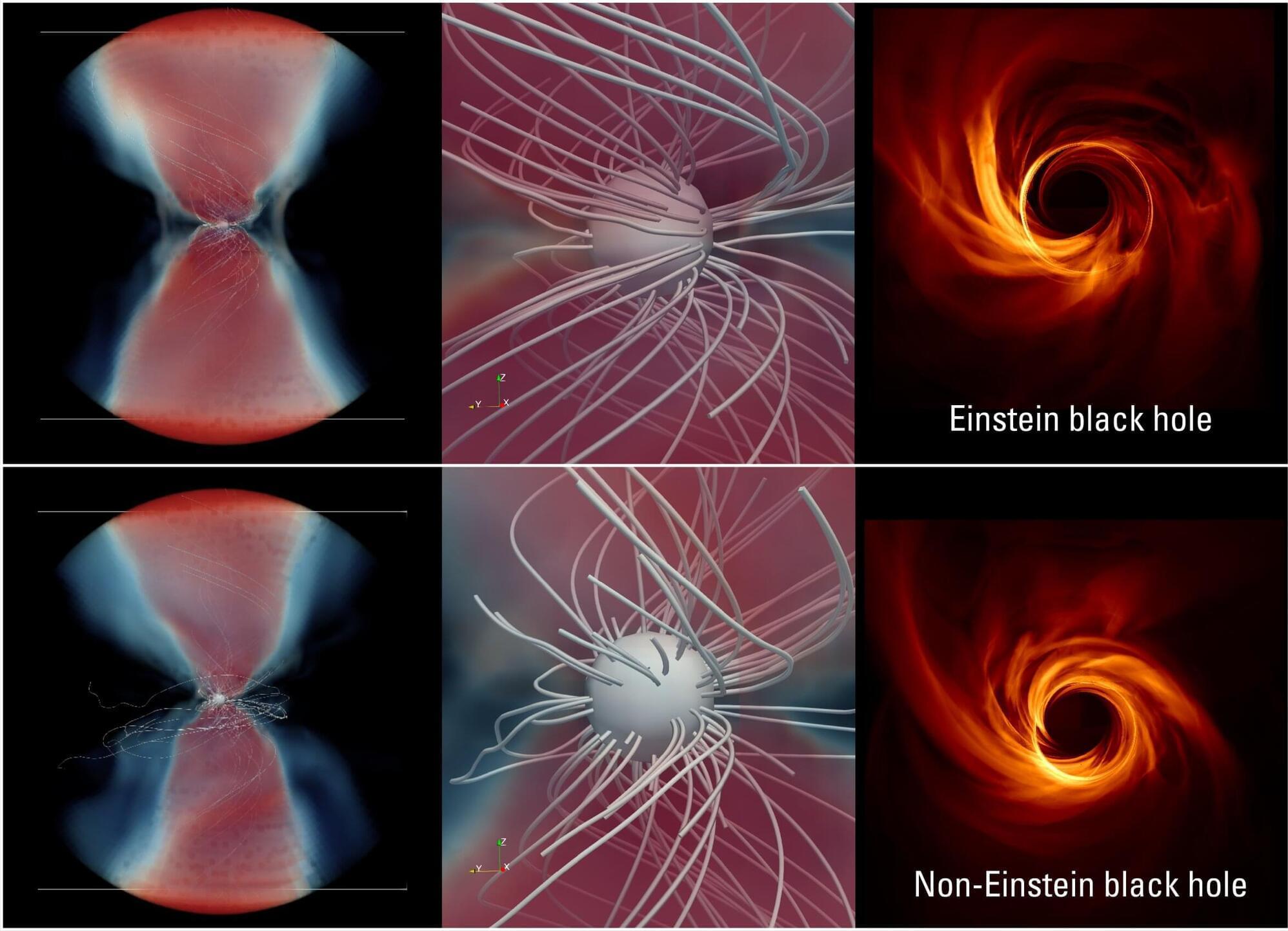
Black holes are considered cosmic gluttons, from which not even light can escape. That is also why the images of black holes at the center of the galaxy M87 and our Milky Way, published a few years ago by the Event Horizon Telescope (EHT) collaboration, broke new ground.
“What you see on these images is not the black hole itself, but rather the hot matter in its immediate vicinity,” explains Prof. Luciano Rezzolla, who, along with his team at Goethe University Frankfurt, played a key role in the findings.
“As long as the matter is still rotating outside the event horizon —before being inevitably pulled in—it can emit final signals of light that we can, in principle, detect.”
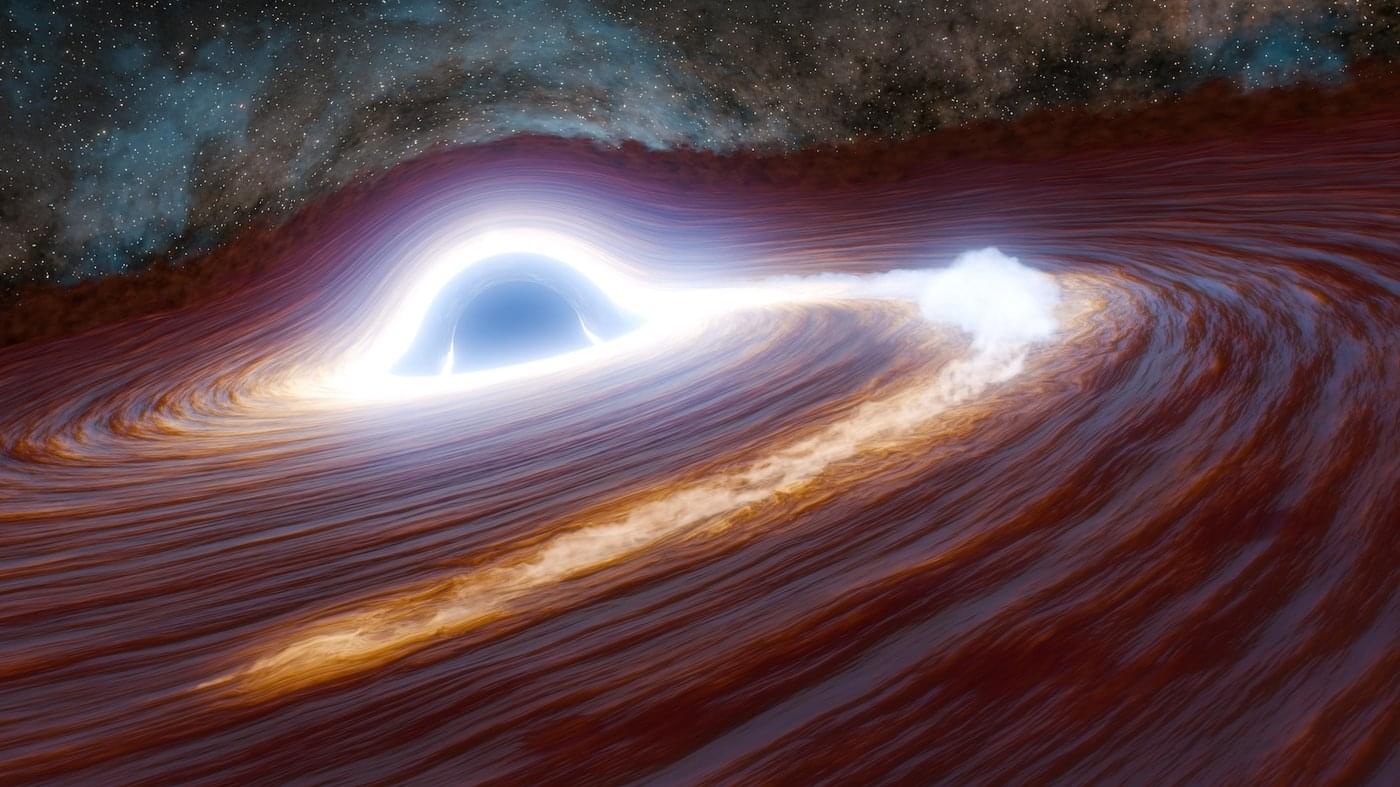
The most massive stars in the universe are destined to explode as brilliant supernova before collapsing into black holes. Yet one huge star appears to have never fulfilled its destiny; in a twist of irony, the star wandered too close to a gargantuan black hole, which gobbled it up, shredding the star to bits and pieces.
That is the most likely explanation to come from authors of a new study published in Nature Astronomy describing the most powerful and most distant flare of energy ever recorded from a supermassive black hole.
The cosmic object was first observed in 2018 by the Zwicky Transient Facility (ZTF), based at Caltech’s Palomar Observatory, and the Caltech-led Catalina Real-Time Transient Survey. The flare rapidly brightened by a factor of 40 over a period of months, and, at its peak, was 30 times more luminous than any previous black hole flare seen to date. At its brightest, the flare shined with the light of 10 trillion suns.

Alan Guth was known as the “inventor” of the theory of cosmic inflation, which was able to explain some of the lingering questions about cosmological development that the original big-bang model had left open. Guth’s book “The Inflationary Universe: The Quest for a New Theory of Cosmic Origins” (1997), written for a general audience, discusses the theory.
Boston Real Estate — Search the Boston Globe and Boston.com for Massachusetts Real Estate, Boston Condos, Land for sale, Vacation Rentals and more.
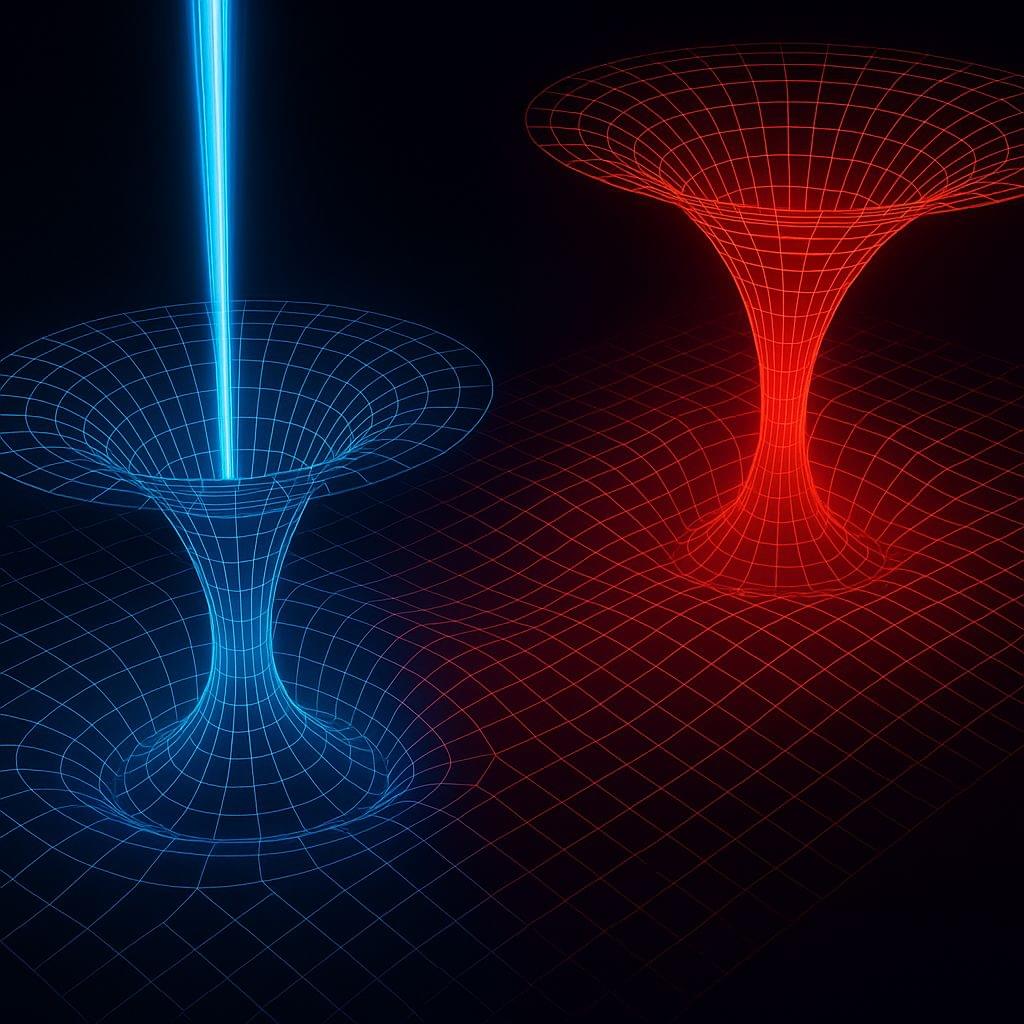
When a Black Hole Becomes a White Hole — and Shoots a Jet Across the Universe.
🌌 Have you ever wondered what happens inside a black hole — where physics seems to break? Einstein’s equations say it collapses forever… but quantum geometry tells a different story.
At the tiniest scales, spacetime itself pushes back. When curvature becomes extreme, a hidden repulsive side of gravity awakens — a mirror twin of the usual attraction. We call this curvature duality:
